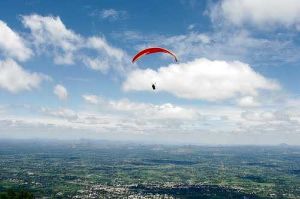About Khao Sam Roi Yot Mountain
The Khao Sam Roi Yot Mountain is located in the west of Thai Gulf, Prachuap Khiri Khan Province of Thailand. Literally the Khao Sam Roi Yot means "The Mountain with Three Hundred Peaks". Though it was a simple mountain only, but it was transformed into the first coastal National Park in Thailand. The park covers an area of around 98.8 sq.km. This wonderful landscape is formed with high vertical limestone mountains located by the attractive coast, what matches very nicely with plain stand by the sea. The mountain area is enclosed with quite a few limestone islands like Kho Ram Island, Nom Sao Island, Rawang Island, Sattakut Island, Rawing Island, and Khi Nok Island. The flat part with sluggish water on the west of the park is Thung Sam Roi Yot, which is a big freshwater marsh, which covers an area of around 36.8 sq.km. The forested mountains enhance the natural beauty of the site, what makes the park area an outstanding sightseeing destination. The coastal habitats and freshwater marsh makes it a significant stopover and breeding area for birds. That is why the park area has got an immense ecological significance. There are some other attractions into the surrounding area of the mountain which include superb mountain viewpoints, spectacular caves, forest trails, fine sandy beaches, and offshore islands along with destinations for boating. The Plant communities found in the mountain area are limestone-hill forests, mangrove forests, hydropholic plant social, and beach forests. General plants found in the park are Calophyllum inophyllum, Theapesia populnea, Manilkara hexandra, Diospyros mollis Ebony tree, Wrightia tomentosa Ivory, Dracaena loureiri, Casuaria equisetifolia Sea oak, Afzelia xylocarpa, Red mangrone, Diospyros bejaudii, Ceriops decandra, Rhizophora mucronata Rhizophora apiculata, Avicennia marina and Xylocarpus granatum. The social plants found in fresh pond include Hymenachne pseudointerrupta, Neyraudia reynaudiana, Themeda arundinacea, Arundo donax, Cyperus spp, Nymphaea spp, Leersia hexandra, Water chestnuts, Marsilea creuata Water clover and Alocasia sp etc. For observing shorebirds, the park is one of the best locations in Thailand. Between September and November huge numbers of migratory birds arrive here from China, Siberia, and Northern Europe. The iety of mammals found here are also quite rich. It includes the names of Siamese Hare, Malayan Pangolin, Fishing Cat, the Barking Deer, Malayan Porcupine, Javan Mongoose, Common Palm-Civet, and the Grey-bellied Squirrel. If visitors are lucky enough then they can observe Dolphins in the coastal waters.
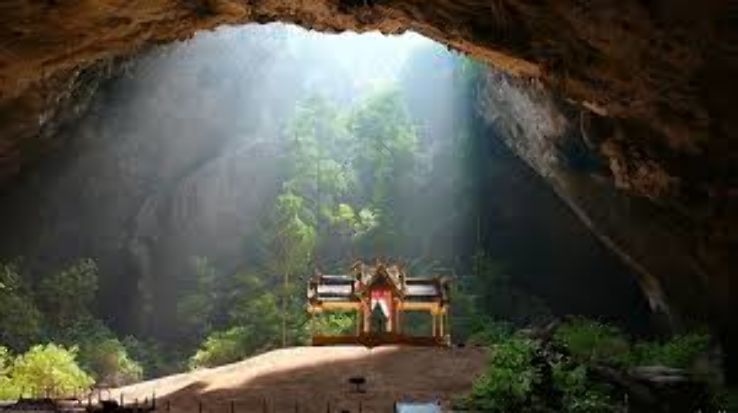
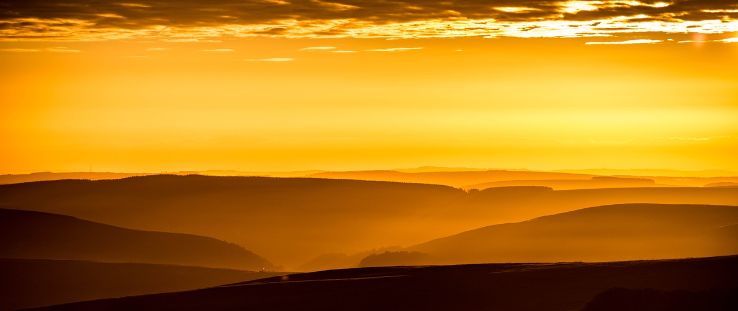
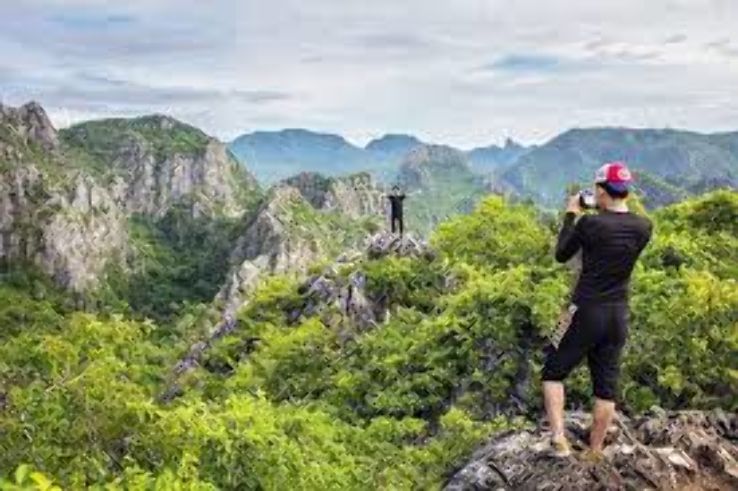
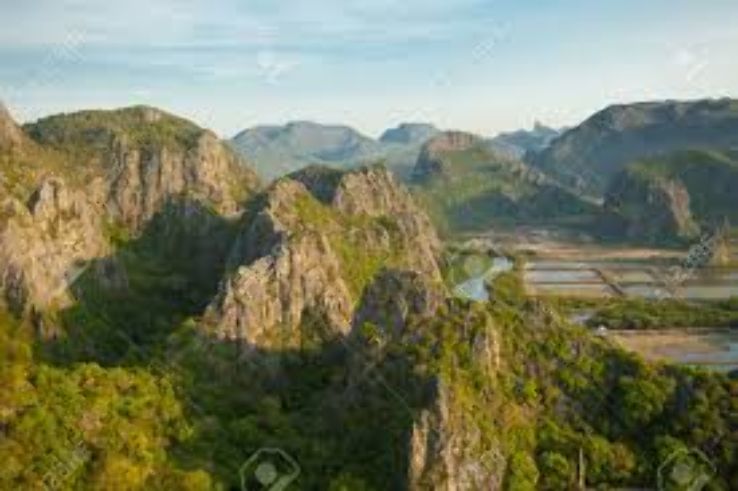
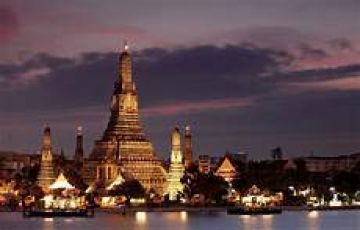
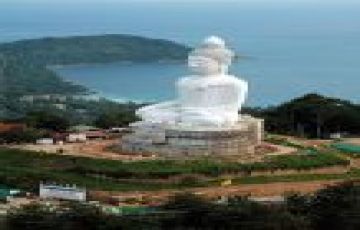

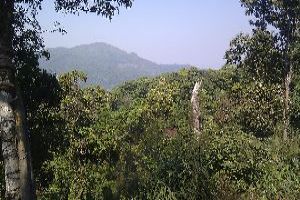




_1508856509t.jpg)
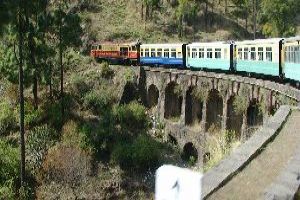
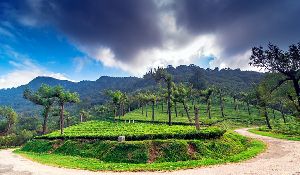

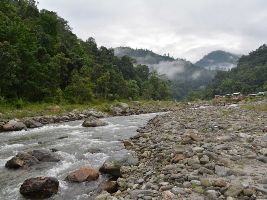
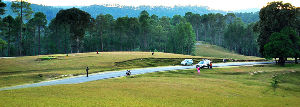
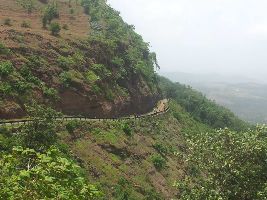
_1508252206t.jpg)
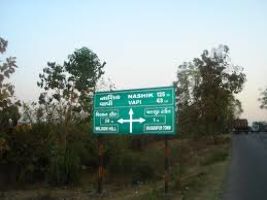
_1511244411t.jpg)
_1508915367t.jpg)
